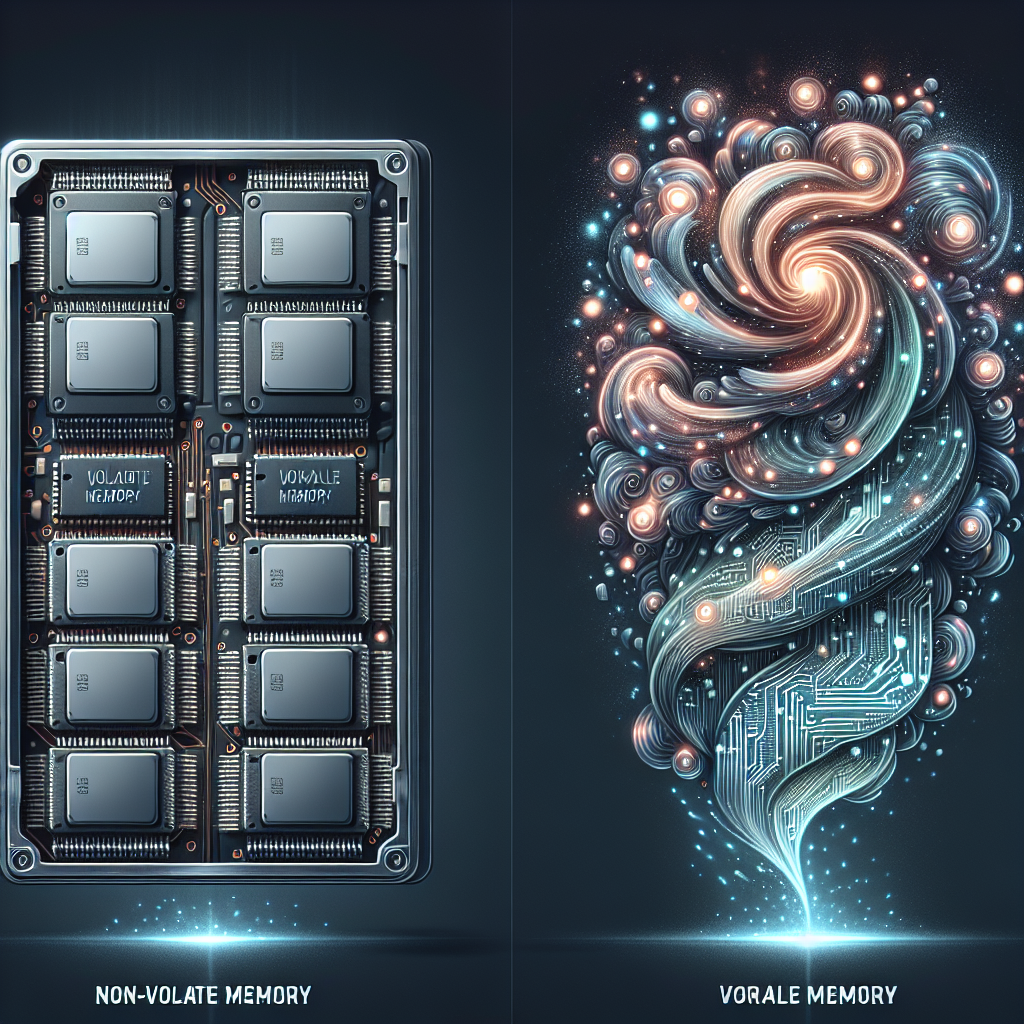Non-volatile Memory vs. Volatile Memory: A Comparison
When it comes to computer memory, there are two main types: non-volatile memory and volatile memory. These two types of memory serve different purposes and have distinct characteristics that make them suitable for different applications. In this article, we will compare non-volatile memory and volatile memory to help you understand the differences between the two.
Non-volatile memory, as the name suggests, is memory that retains data even when the power is turned off. This type of memory is commonly used for long-term storage of data that needs to be preserved, such as operating system files, applications, and user data. Non-volatile memory is typically slower than volatile memory, but it is more reliable and durable.
Volatile memory, on the other hand, is memory that loses its data when the power is turned off. This type of memory is used for storing data that needs to be accessed quickly and frequently, such as program instructions and data that is currently being processed. Volatile memory is faster than non-volatile memory, but it requires a constant power source to retain data.
One of the main differences between non-volatile memory and volatile memory is their speed. Volatile memory, such as RAM (Random Access Memory), is much faster than non-volatile memory, such as hard drives or SSDs (Solid State Drives). This is because volatile memory can be accessed directly by the CPU, while non-volatile memory requires more time to retrieve data.
Another difference between non-volatile memory and volatile memory is their cost. Non-volatile memory, such as hard drives and SSDs, tends to be more expensive than volatile memory, such as RAM. This is because non-volatile memory is typically larger in capacity and more durable, making it suitable for long-term storage of data.
In terms of usage, non-volatile memory is commonly used for storing operating system files, applications, and user data, while volatile memory is used for storing program instructions and data that is currently being processed. Non-volatile memory is also used for storing data that needs to be preserved even when the power is turned off, such as firmware updates and system configurations.
In conclusion, non-volatile memory and volatile memory serve different purposes and have distinct characteristics that make them suitable for different applications. Non-volatile memory is slower but more reliable and durable, while volatile memory is faster but loses data when the power is turned off. Understanding the differences between non-volatile memory and volatile memory can help you choose the right type of memory for your specific needs.


